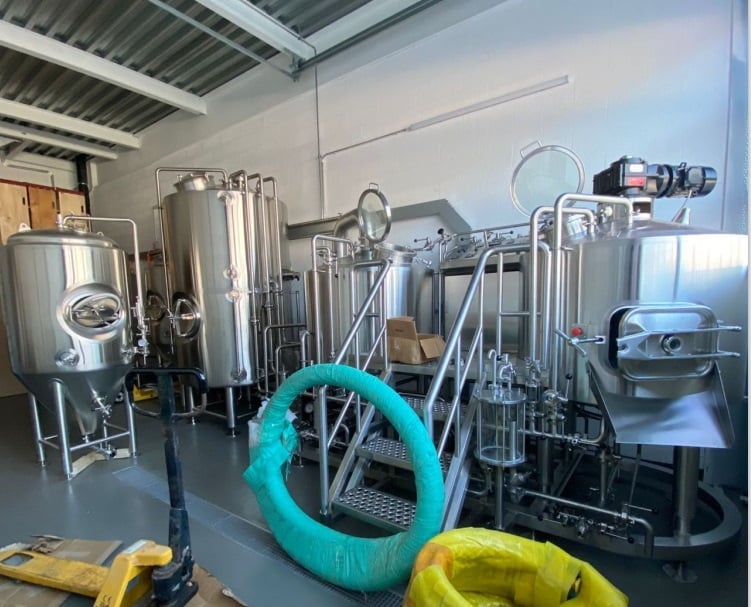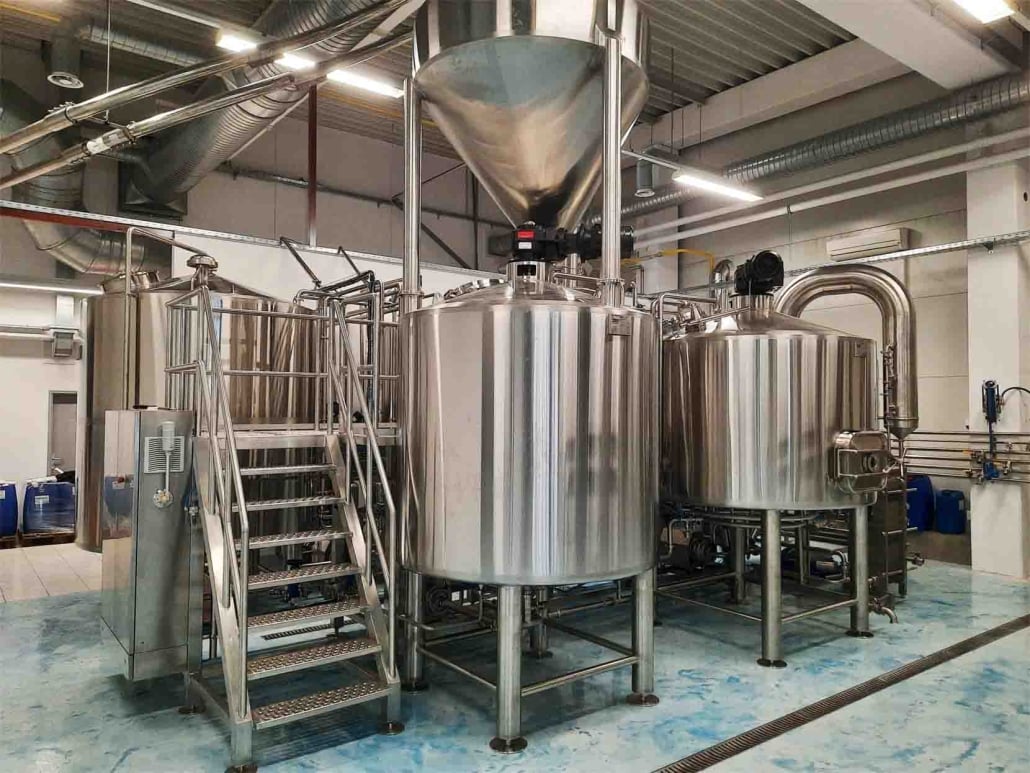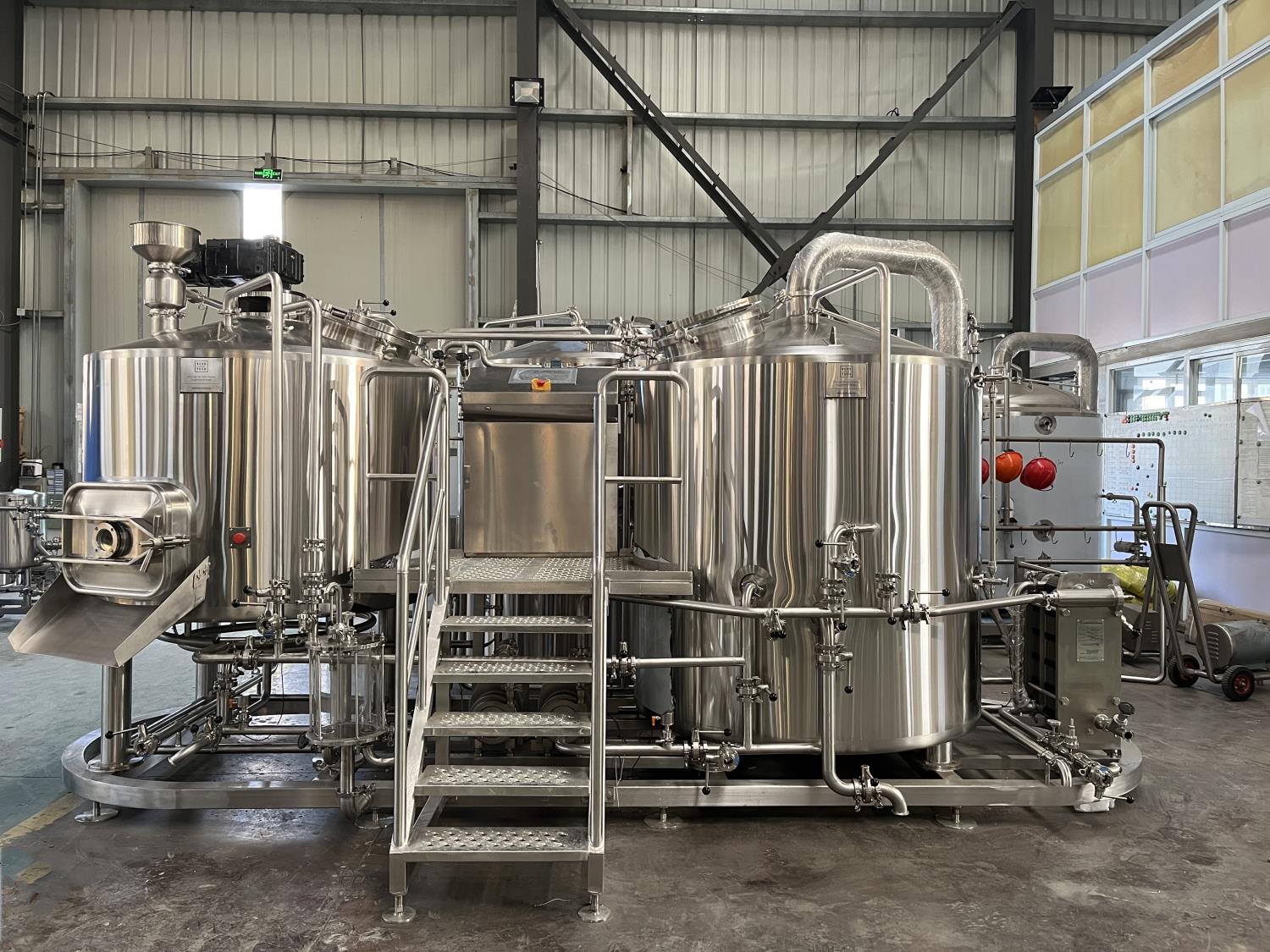Craft Brewing Equipment
Overview of Craft Brewing Equipment
Craft brewing is more than just a hobby; it’s a passionate pursuit that requires the right equipment to achieve the perfect brew. Whether you’re a homebrewer looking to expand your setup or a microbrewery aiming to scale your operations, understanding the essential equipment, the brewing process, and the associated costs is crucial. This comprehensive guide will walk you through everything you need to know about craft brewing equipment, from types and capacities to suppliers and maintenance.
Equipment Guide for Craft Brewing
Brewing beer involves various stages, each requiring specific equipment to ensure the best results. Here’s a detailed look at the essential components of a craft brewing system:
Brewing Kettle
The brewing kettle, or brew pot, is where the magic begins. This is where you boil your wort, which is the liquid extracted from the mashing process. It’s typically made of stainless steel or aluminum, ensuring durability and even heat distribution.
Fermentation Vessel
Once the wort is boiled and cooled, it’s transferred to a fermentation vessel. This container allows the yeast to ferment the sugars into alcohol. Fermentation vessels come in various shapes and sizes, with carboys and conical fermenters being popular choices.
Mash Tun
The mash tun is where malted grains are mixed with hot water to convert starches into fermentable sugars. Insulated mash tuns help maintain a consistent temperature, which is vital for the mashing process.
Wort Chiller
After boiling, the wort needs to be cooled quickly to prevent contamination and prepare it for fermentation. A wort chiller, either immersion or plate, achieves this by running cold water through coils or plates in contact with the wort.
Pumps and Tubing
Pumps and tubing are essential for transferring liquids between different stages of the brewing process. High-temperature food-grade tubing and reliable pumps ensure smooth operations and hygiene.

Types of Craft Brewing Equipment
The variety of brewing equipment can be overwhelming, so we’ve categorized them based on their function and size. Here’s a table summarizing the different types:
| Equipment Type | Description |
|---|---|
| Brewing Kettle | Large pot for boiling wort, typically made from stainless steel or aluminum. |
| Fermentation Vessel | Container for fermenting wort into beer, available as carboys or conical fermenters. |
| Mash Tun | Insulated vessel for mashing malted grains with hot water. |
| Wort Chiller | Device for rapidly cooling boiled wort, available as immersion or plate chillers. |
| Pumps and Tubing | Equipment for transferring liquids during the brewing process, made from high-temperature materials. |
The Brewing Process
Understanding the brewing process is essential for selecting the right equipment. Here’s a step-by-step guide:
1. Mashing
In the mash tun, malted grains are mixed with hot water to activate enzymes that convert starches into fermentable sugars. This step determines the beer’s body and flavor.
2. Boiling
The wort is transferred to the brewing kettle, where it’s boiled and hops are added for bitterness, flavor, and aroma. Boiling also sterilizes the wort.
3. Cooling
The wort is quickly cooled using a wort chiller to prevent contamination and prepare it for fermentation. The rapid cooling also helps in clarifying the wort.
4. Fermentation
The cooled wort is transferred to a fermentation vessel, where yeast is added. Over several days to weeks, yeast ferments the sugars into alcohol and carbon dioxide.
5. Conditioning
After primary fermentation, the beer is conditioned to develop its flavors. This can be done in the same fermentation vessel or in a separate conditioning tank.
Capacity, Space, Design, Layout, and Customization
When planning a brewing setup, several factors come into play, including capacity, space, design, layout, and customization options. Here’s a detailed table to guide your planning:
| Factor | Description |
|---|---|
| Capacity | Determines the batch size, ranging from small homebrew systems (5-10 gallons) to large microbrewery setups (7-10 barrels). |
| Space Requirements | The physical space needed for the equipment, including height clearance and ventilation considerations. |
| Design and Layout | Efficient arrangement of equipment to streamline the brewing process and maximize space utilization. |
| Customization Options | Tailoring equipment to specific brewing styles and processes, including modular systems and custom-built components. |
Suppliers and Price Range
Choosing the right supplier and understanding the price range for craft brewing equipment is crucial for budgeting and ensuring quality. Here’s a table summarizing some popular suppliers and their price ranges:
| Supplier | Equipment Range | Price Range (USD) |
|---|---|---|
| MoreBeer! | Homebrewing equipment and supplies | $50 – $5,000 |
| Blichmann Engineering | Professional-grade brewing systems | $500 – $20,000 |
| Spike Brewing | Customizable brewing setups | $300 – $15,000 |
| Ss Brewtech | Innovative and high-quality brewing equipment | $200 – $10,000 |
| BrewMagic | Automated brewing systems | $5,000 – $50,000 |
Installation, Operation, and Maintenance
Proper installation, operation, and maintenance of brewing equipment ensure longevity and consistent beer quality. Here’s a detailed table on these aspects:
| Aspect | Description |
|---|---|
| Installation | Professional installation recommended for complex systems; ensure proper electrical and plumbing setups. |
| Operation | Follow manufacturer guidelines for operating each piece of equipment; regular monitoring and adjustments. |
| Maintenance | Routine cleaning and sanitizing of all equipment; regular checks for wear and tear; timely repairs. |
Choosing a Supplier
Selecting a supplier for craft brewing equipment involves considering several factors, such as reputation, customer support, and customization options. Here’s a guide to help you choose:
| Factor | Description |
|---|---|
| Reputation | Look for suppliers with positive reviews and a strong industry presence. |
| Customer Support | Ensure the supplier offers robust after-sales support and troubleshooting assistance. |
| Customization | Check if the supplier can customize equipment to your specific brewing needs. |
| Warranty and Service | Verify warranty terms and availability of service contracts for long-term reliability. |
| Price and Financing | Compare prices and check if the supplier offers financing options to manage initial investment. |
Advantages and Limitations
Understanding the pros and cons of different equipment options can help you make an informed decision. Here’s a comparison:
| Aspect | Advantages | Limitations |
|---|---|---|
| Homebrew Systems | Affordable, easy to use, ideal for beginners | Limited batch size, less scalable |
| Microbrewery Systems | High capacity, scalable, professional-grade equipment | Expensive, requires more space and investment |
| Automated Systems | Streamlines brewing process, consistent results | High initial cost, requires technical knowledge |
| Customizable Systems | Tailored to specific needs, flexible and expandable | Longer lead times, potentially higher costs |

FAQ
Q1: What is the essential equipment needed for homebrewing?
A1: Essential homebrewing equipment includes a brewing kettle, fermentation vessel, mash tun, wort chiller, and pumps and tubing.
Q2: How much space is required for a microbrewery setup?
A2: A microbrewery setup requires significant space, including height clearance for fermenters and proper ventilation. Typically, a microbrewery can take up several hundred to a few thousand square feet.
Q3: What is the price range for craft brewing equipment?
A3: The price range varies widely, from a few hundred dollars for basic homebrewing equipment to tens of thousands of dollars for professional microbrewery systems.
Q4: How do I maintain my brewing equipment?
A4: Regular cleaning and sanitizing are crucial. Check for wear and tear, follow the manufacturer’s maintenance guidelines, and perform timely repairs.
Q5: Can brewing equipment be customized?
A5: Yes, many suppliers offer customization options to tailor equipment to specific brewing processes and capacities.
Q6: What factors should I consider when choosing a supplier?
A6: Consider the supplier’s reputation, customer support, customization options, warranty and service terms, and pricing.
Q7: What are the advantages of automated brewing systems?
A7: Automated systems streamline the brewing process, ensure consistent results, and reduce manual labor, though they come with higher initial costs.
Conclusion
Craft brewing is a rewarding endeavor that blends art and science. By understanding the equipment, brewing process, and factors involved in setting up your brewing system, you can ensure successful and enjoyable brewing experiences. Whether you’re a homebrewer or a microbrewery owner, investing in the right equipment and maintaining it properly will help you produce high-quality beer that stands out in the market.
Share this entry
Interested in learning more about Brewing Systems including additional details and pricing information? Please use the form below to contact us!
YOLONG BREWERY EQUIPMENT FAQS
- Commercial Brewery / Craft Brewery / Microbrewery / Nanobrewery
- What is The Difference Between Craft Beer and Industrial Beer?
- The Bespoke Differences In Custom Brewing Systems
- Everything You Need to Know About Kettle Souring
- How to Choose Brewing Equipment for Your business?
- How To Choose The-Best Partner To Build Your Commercial Microbrewing System?
- Two Detection Sensors That You Need To Use In Your Brewhouse System
- Remote Control Applications in Brewing Equipment/How does it work?
- How To Clean Your Brand New Brewery Tanks?

